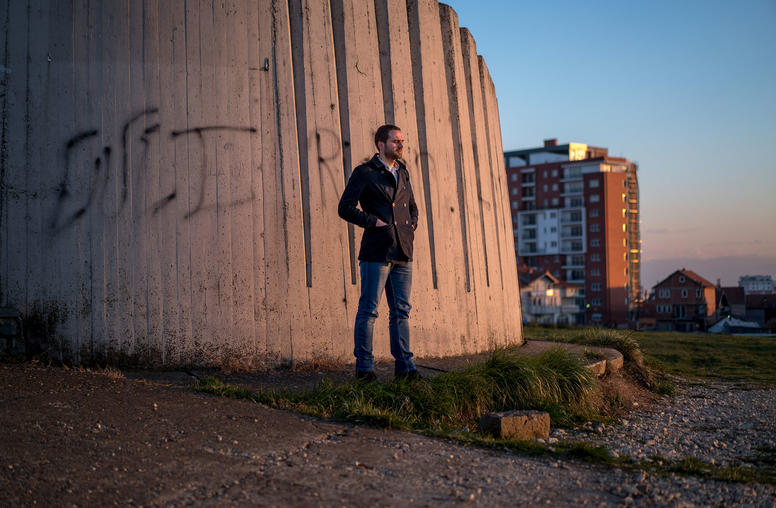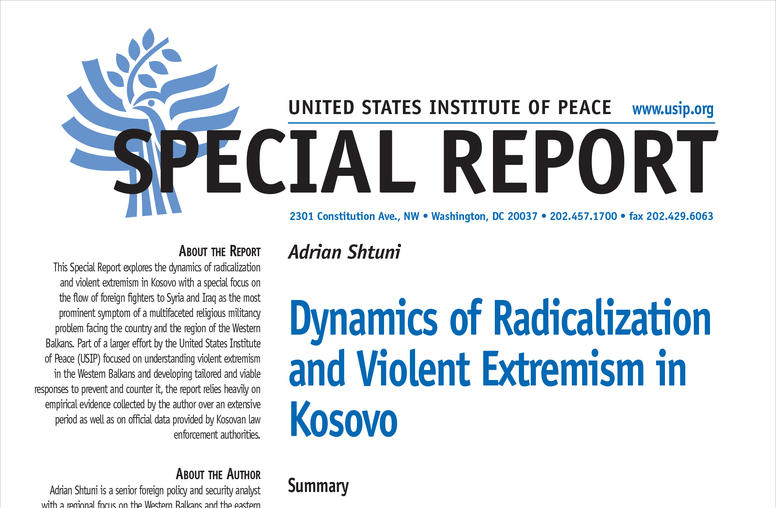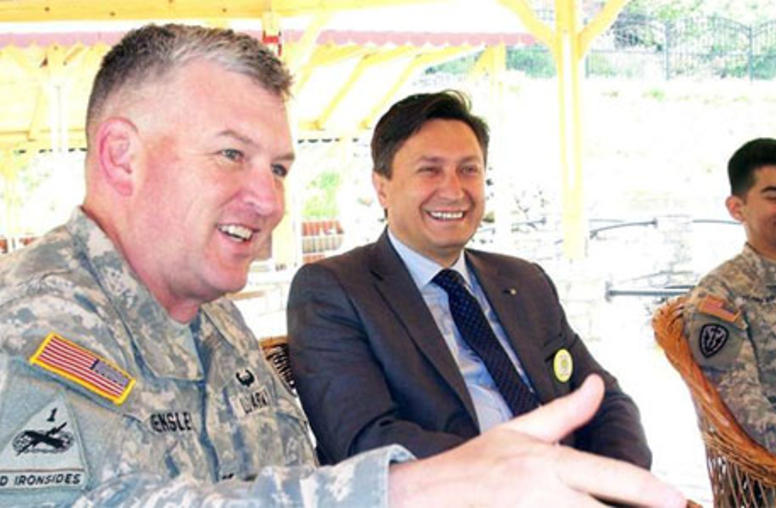The United States and R2P: From Words to Action
Read the Event CoverageThe Responsibility to Protect (R2P) emerged as a political response to an urgent need, while the international community struggled to formulate an adequate response to the conscience-shocking atrocities of the 20th century committed in Rwanda, Bosnia-Herzegovina, Kosovo, the Democratic Republic of Congo, and Sudan.
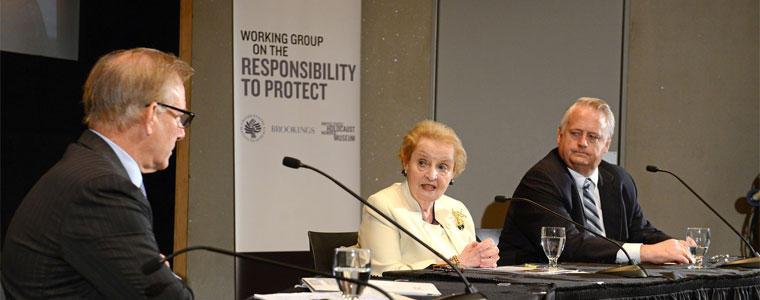
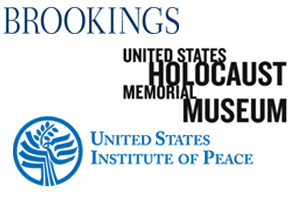 This symposium brought together leaders from inside and outside government to examine the utility of the R2P as a tool for preventing the world’s worst crimes.
This symposium brought together leaders from inside and outside government to examine the utility of the R2P as a tool for preventing the world’s worst crimes.
The Working Group on R2P, a joint project of the United States Holocaust Memorial Museum, the Brookings Institution, and the United States Institute of Peace, released "The United States and R2P: From Words to Action," co-authored by Madeleine K. Albright and Richard S. Williamson, at the symposium. This report takes a critical look at how R2P has been applied in recent cases and makes recommendations for how U.S. policymakers could strengthen and better apply this international norm.
This event was held at the U.S. Holocaust Memorial Museum’s Joseph and Rebecca Meyerhoff Theater (100 Raoul Wallenberg Place, SW, Washington, DC).
The symposium program included two panels and a keynote address:
Panel:
Report: The United States and R2P
- Madeleine K. Albright, Co-Chair, Working Group on R2P
- Richard S. Williamson, Co-Chair, Working Group on R2P
- David Ignatius, Moderator Columnist, The Washington Post
Keynote Address:
- Lloyd Axworthy, President, University of Winnipeg, Former Ministers of Foreign Affairs, Canada
Panel:
Contemporary Application of R2P: Practitioners' Perspectives
- Nicholas Burns, Professor, Harvard Kennedy School of Government
- Michael Gerson, Columnist, The Washington Post
- Heather Hulburt, Executive Director, National Security Network
- Susan Glass, Moderator, Editor, POLITICO Magazine

